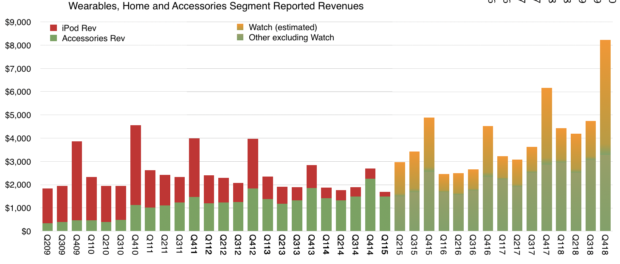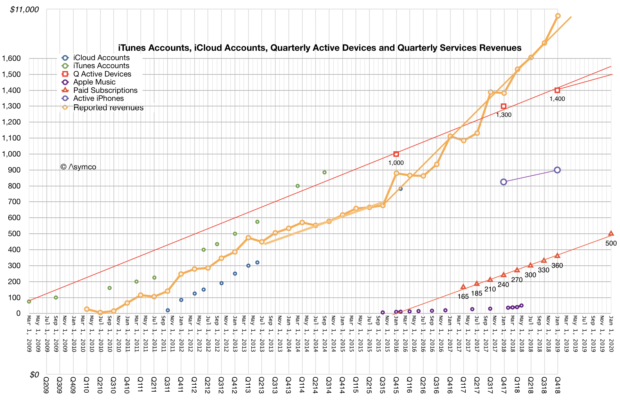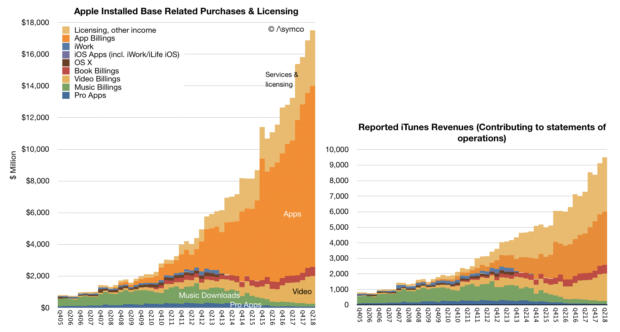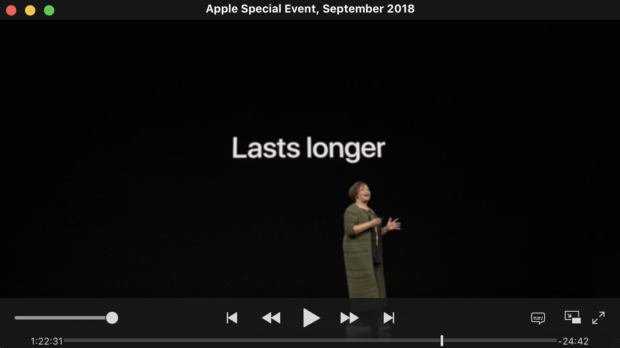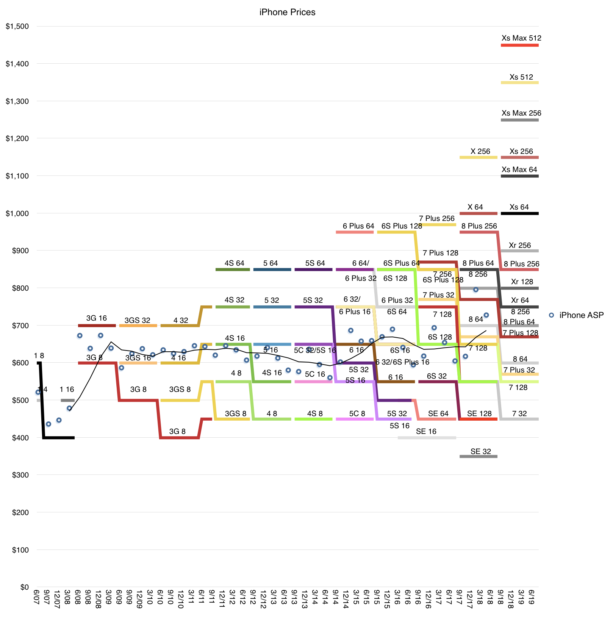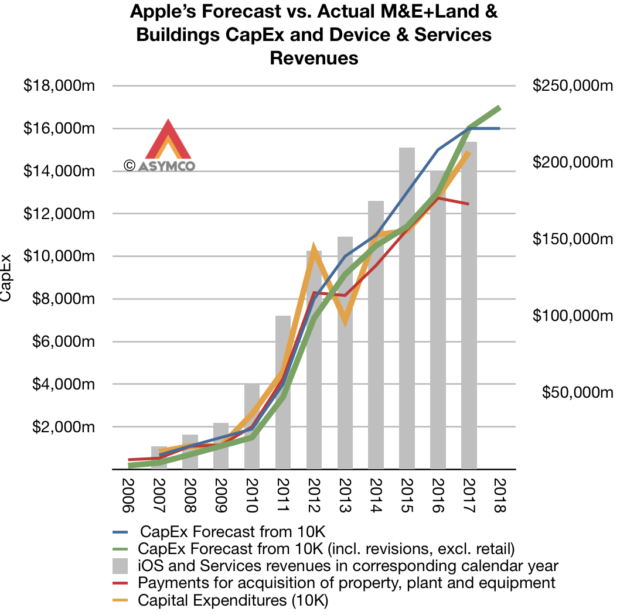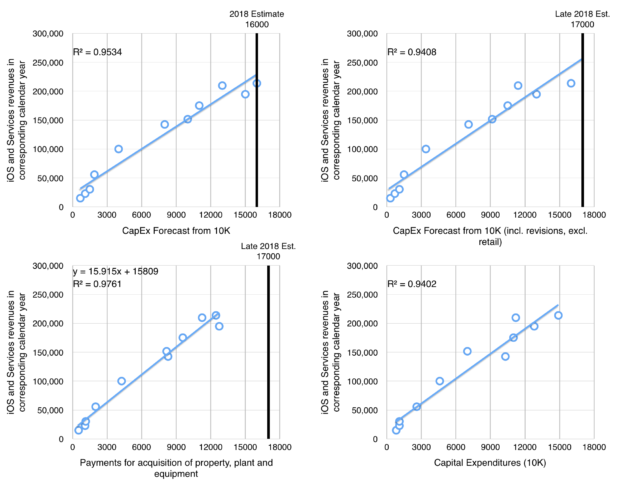“The essence of ultimate decision remains impenetrable to the observer – often, indeed, to the decider himself.”
John F. Kennedy
The fact that we ourselves don’t know how we make decisions has not stopped us from proclaiming, loudly, that we know how everyone else decides. Such proclamations about others’ decisions are especially confident and assured the more important, or highly visible, the decision.
This is at the heart of analysis for large companies, especially Apple. The premise that decisions on product, positioning, investment and a myriad other necessary functions are guided deliberately through the will of single individuals in positions of power; rational single Actors that are directed by some rational, typically economic, calculus is pervasive. Without pause, we assume that analysis consists of de-compiling the calculus of that single Actor.
The diversity of opinion on Apple stems from disagreements about whether the calculus is purely economic or some other—aesthetic, virtuous or greater good, “satisfaction maximization” or something else that motivates the Actor.
However this is not the only decision process. It is in contrast to two other decision making processes: the bureaucratic model where decisions are the result of analysis of constraints, resulting in a “best compromise” between multiple sub-problem solutions.
Or the “political model” where maneuvering between factions with fractional power results in a consensus decision based on a political (zero-sum?) calculus.
One could classify these decisions processes as Graham Allison did in “Essence of Decision: Explaining the Cuban Missile Crisis“: The Rational Actor, The Organizational Process or the Governmental Politics models. That landmark work opened our eyes to the variety of ways organizations—not just governments—decide. It clashed with, to the point of refuting, the economic rationality model typically attributed to Milton Friedman.
When reading commentary on Apple decisions I almost always hear the causality ascribed to the “Rational Actor” model where the Actor is a person of great importance. The importance imparted upon them implicitly by being a “visible” person. That visibility comes from having been put forward by the company itself. We know of the Apple Actors as those whose names are revealed and we assume that those not visible are not Actors.
But, of course, visibility is a design. The company, known for its design, takes that ethos to its communications, and communicating who is visible and thus who is “an Actor” is a design decision. So we are led to believe that decisions are made by the Actors and who the Actors are is determined by the very entity we are trying to analyze.
Do you see the problem?
Rather than take the comfortable road and analyzing Apple by the surface that is exposed, the better approach might be to toss the Rational Actor model and think about the Organizational or the Political Models.
How does the company process information? How does it generate consensus? How does it deal with motivating employees? How does it allocate resources? How does it evaluate productivity? How does it balance morale and turnover? These are what Clay Christensen classified as “Processes” rather than “Resources” questions. The Actor model assumes all decisions come from individuals who are, in a large organization, Resources. They come and go. They can be hired and fired.
The Political model asks further if the decision came from maneuvering between visible and invisible Actors. I would argue that the political dimension is prevalent in most large organizations and it is corrosive to the overall health of the organization. I would also argue that Steve Jobs designed Apple specifically to avoid the Political process. But we must still assume that it’s at work to some degree. It’s like entropy.
When hearing about big staff changes at Apple, take a moment to reflect what decision processes are at work. How did that one (visible) Actor really influence the decisions made? Are you ascribing too much to them because they are visible? Are you assuming that tens of thousands of other individuals are not influential? That they are minions hired to act and not to ask questions? Doesn’t Apple also say they hire people to tell Apple what to do?
Allison did not say which model applied to the Cuban Missile Crisis. He left it to the reader to decide.
I will do the same when it applies to any particular Apple decision.

